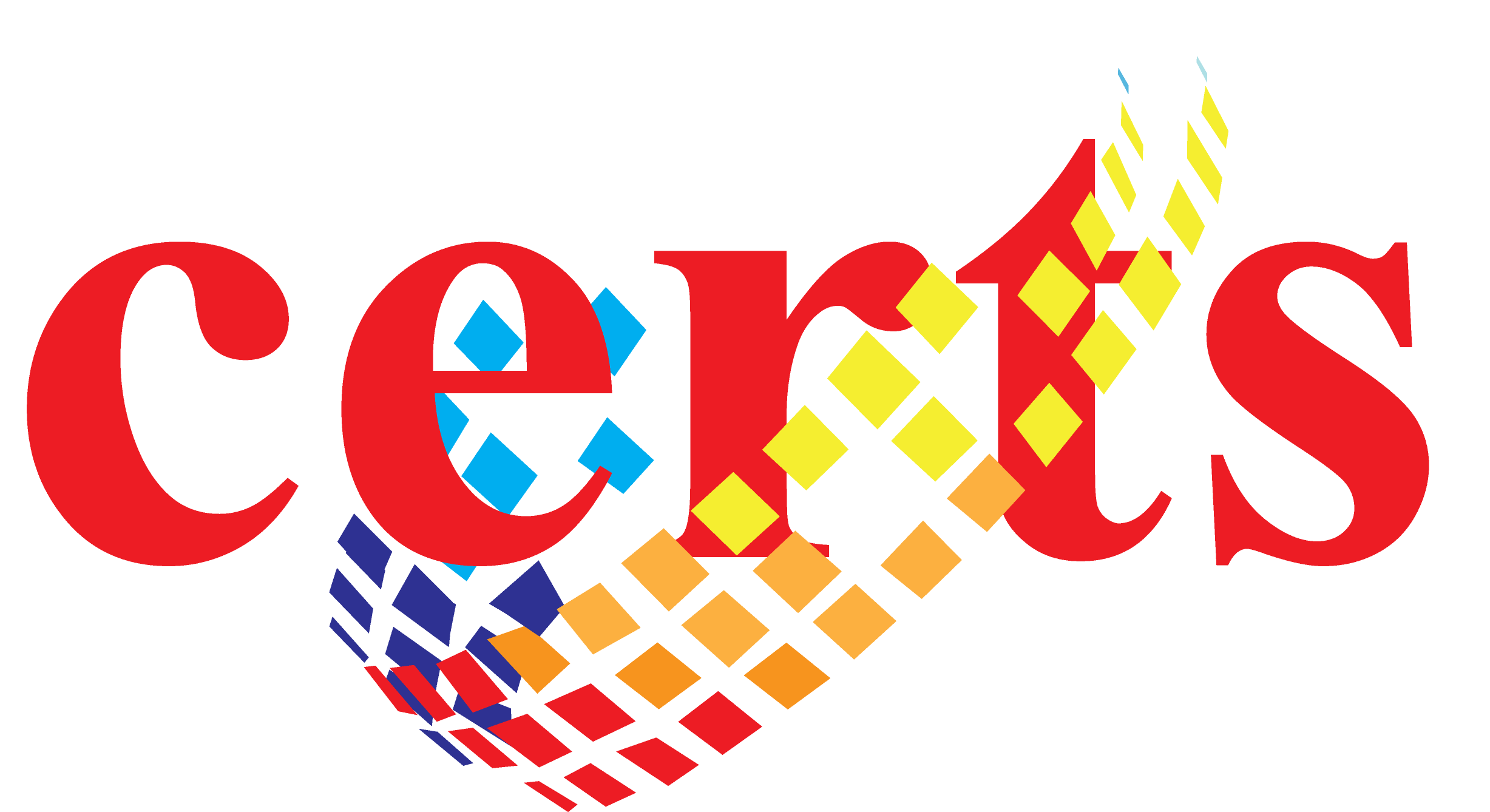Vision
A relevant partner in forming a progressive community of skilled, learned and empowered people.
Mission
Develop, publish, and distribute learning materials, programs and systems to train and retrain skilled, competent, and empowered human resources.
Core Values
Client benefit
Competence above fee
Continuity
Shared knowledge
“Transforming Educational Services”
The CERTS Story
Fashion to innovate educational services
1. In 1996 Prof. Franklin T. Agamata, CPA, implanted the impetus for a disruptive and structural change in the learning environment. Fifteen years later, he was joined by two young and talented Certified Public Accountants, Andrew T. Chag-usen and Tommy B. Buado, and together resumed the unheralded journey to indefinitely alter the landscape of the Philippine educational services.
2. Firmly embracing the belief that “education is a great equalizer”, they labored to unleash the power of training and education in order to level the field of opportunity among the Pilipinos for a just, accessible, and affordable training through innovative educational processes.
3. They pioneered their learning model in the business and accounting field and later on to other academic programs. Not long after, they brand themselves as the CERTS Team.
4. The CERTS Team members had routinely waded their mountain bikes to relax through the enthralling hills and mountains of Davao City, its nearby cities, and through the Island Garden City of Samal in Davao del Norte since 2012. And while on their usual early morning stop to enjoy the pure and nourishing water of “butong”, they bargained their precious moments to refresh the direction of their professional ventures. Those escapades nourish the drive to forge the strategic backbone in their quest of innovating educational services.
5. After scaling up from their pioneering experiences in the online CPA licensure examinations program, the CERTS Team decided in 2015 to create its own e-learning app and ultimately the Learning Management System to serve other programs and campuses. They vigorously started the seemingly impossible dream and after less than two years of dedication to their unheralded task they released their maiden e-learning app. By the end of 2019, they had already published six (6) e-learning apps and a proprietary Learning Management Systems in the form of native applications, the CERTS LMS.
6. With the newly found tool and application, they were energized to venture further and complete their purpose to re-engineer the Philippine educational structure and systems.
7. The lost soul of a nation
7.1 The Philippine textbooks heralded the importance of the year 1521 as the reckoning point in tracing the nation’s known and recorded historical accounts. This reference fails to mention, or willingly de-emphasizes, the more significant events prior to that. As such, the connection to the nation’s untold glorious and proud past had been made obscure.
7.2 Equally, the Philippine educational system is modelled before the western structure with notable weak points in the area of cultural identity and pride. Classroom learnings advocated foreign philosophies overshadowing those that should have been locally practiced and customarily revered. Inaccuracies, incompleteness, and misguided emphasis peppered learning materials holstering a dark area of confusion in the national psyche.
7.3 Also, learners are conveniently herded according to their chronological age, without regard to their orientation and individual differences, thereby stifling to nurture their innate gifts that may had been generously shared with the world.
8. Focus on feigned heroes
8.1 Training is made teacher-centered oscillating from the beauty of discovering the foundation of existence and the unlimited possibilities of man to create for more. The teacher impresses the all-knowing role throughout the learning process reduced to being a celebrity instead of as an artisan of great and good men, thus, suffocating the wonder of discovering the learner’s native power and indomitable spirit.
9. Obscurity in the dimensions of skills and learnings
9.1 Training becomes a naïve process of knowledge transmission instead of building scientific curiosity to discover reliable answers to relevant questions. As a service, education should gear towards developing skills and craftmanship as well as discovering new insights not merely producing people that are thoughtlessly obedient to existing practices and traditions thus suffocating initiative for innovations.
9.2 Learning is personal. However, the outcome of learning is both personal and collective. Learners must be scaled of by his personal improvements and contributions to societal good and welfare and not merely on their performance while in training.
10. The mangled curricula
10.1 There is a latent outcry to re-engineer the Philippine curricula for simplification and relevance especially during times of global integration and economic liberalization.
10.2 The Philippine academic programs are peppered with religious courses masquerading as values education and ethical guides towards embracing beliefs and philosophies imposed by foreign invaders. It had evaded critical scrutiny for centuries and had perpetually besieged motivation for awareness and creativity. This creates the adversarial fusion between western mind set and the oriental way of living leading to distorted national culture and beliefs.
10.3 The Philippine education yields employees not entrepreneurs, educated professionals not skilled technicians. It creates submissive, if not stunted, individuals that should had been better forged to be frontiers of discoveries. It glorifies academic credentials over and above moral, ethical, and practical applications.
10.4 Moreover, learning materials in many collegiate courses are inappropriately, if not insufficiently, designed making the learning process more difficult and lacking. This phenomenon is grossly disturbing as it materially mitigates the quality of learning and its desired outcome.
11. The economics of teaching
11.1 Teachers do myriad of learning activities from research to course design, content writing, lecture and presentation, facilitating exercises and similar class activities, assessments, counselling, performance evaluation, rating, and academic reporting.
11.2 This structure is utterly unjust and less productive. More, this practice behooves the role that is now wrongfully emulated as standard and, if it still remains unchecked, would perpetuate the vicious cycle of overburdening teachers in their workload that will linger in the centuries to come.
12. In 1996, the founding Chairman of CERTS, had already introduced the pioneering version of the Online CPALE Review Program. It was popular among Pilipinos in the Middle East especially those who took the Special Philippine Licensure Examinations administered by the Professional Regulations Commission in their foreign work places. About half of the successful passers in the SPLE CPA licensure examinations from 2011 to 2019 enrolled in the CERTS Online CPALE Review Program through its affiliate, Reviewer Online.
13. In 2010s, CERTS had proven that quality CPALE review services may be served to far-flung areas in Visayas and Mindanao by establishing centers and allied operations in Cebu City, IloIlo City, Bukidnon, Ozamis City, Dipolog City, Cagayan de Oro City, Butuan City, Gingoog City, Sultan Kudarat, Tagum City, and Davao City yielding to hundreds of thousands successful passers in the Certified Public Accountant licensure examinations during the said period.
14. CERTS also identified a systemic gross malpractice in the BS in Accountancy program where excellent learners were forced to shift to other academic program, who were consequently disenfranchised, due to their inability to meet the unreasonably high standards on school’s retention policy. In response, CERTS entered into a BSA Bridging Program with established educational institutions embracing the similar crusade to alleviate the plight of displaced accounting students and graduates. Tremendous pressures were met from market competition and government regulatory agencies, however, had been triumphantly hurdled and students were made to qualify in taking the Philippine CPA licensure examinations.
15. From these grassroot experiences, CERTS had resolved to sustain its strategic CPALE review services in the far-flung areas across the archipelagic Philippines. But, the way towards restructuring the educational services is holistic and extraordinary. And, CERTS plunged and work hardest to meet the challenges.
16. One innovation is its patented micro learning structure where learning is designed to be administered in a more detailed environment. This results to more prompt monitoring and application of more specific remedies to
improve the capabilities of individual learners.
17. Another potent strategy applied to cure the weaknesses in educational environment, among other viable means. is through the use of technology. As a value-added leverage, CERTS has created its proprietary Learning Management System in the form of native apps resulting to the following notable realities:
17.1 Enhancement to the “brick-and-mortar” learning model
17.1.1 The advent of COVID 19 totally changed the practicalities and outlook relating to educational services. As family houses are converted into classrooms, it becomes more acceptable that learning still takes place and will eventually rest on the learner’s shoulder at times when teachers and physical facilities are not available. Once more, the road to educational growth started to unveil its natural process to directly and instinctively serve the learner, the king.
17.1.2 The online learning platform has proven its capability to enhance the traditional face-to-face classes and even the flexible learning environment. In this set-up, learners may choose their time, space, and pace in their learning activities for better results.
17.2 Lowering the cost of education
17.2.1 The use of technology greatly reduces the cost of training, and hopefully, education. It eliminates the unnecessary processes, requirements, and redundancies while providing every possible inch of opportunity for learner’s convenience and fitness to personal differences.
17.2.2 It lessens transportation expense, food, and sundry allowances leading to savings available for use to other family essentials.
17.3 Opening opportunities for academic technopreneurs
17.3.1 The portal of online learning opens wide possibilities among academic technopreneurs to promptly position themselves on the freshly discovered opportunities, offer new wave of learning programs and activities, and conduct novel procedures to optimize the new learning environment towards maximizing benefits to the learner.
17.3.2 Quick adaptation to harness the potentials of new technology would be an industry-changing strategy and may adversely mitigate the market control of previously big players paving the way for the role and importance of the new players in the learning and training industry.
17.4 A gateway for multi-skill certification
17.4.1 Online learning provides a flexible avenue to acquire skills in various tasks and activities levelling off various market conditions and piercing through multifarious learner demographics.
17.4.2 It underlines adaptability and fitness in numerous practical circumstances requiring specific skills to accomplish a task. In this environment, learners may conveniently continue their studies while financially earning locally or internationally unhampered by the variability in time zones. It gives way to sustained educational restructuring towards “knowledge banking” where the learner is the ultimate beneficiary.
18. The enthralling advances in technology has started levelling the educational services leading to more beneficial investment in learning and training by way of affordable training and skill certifications coupled with infinite opportunities for financial returns and personal progress.
19. It empowers knowledge engineers to intensify opportunities for academic technopreneurship. It redefines outcome-based education in a fast-tracked, lateral and multi-skill learning in time for the demands of business, corporate, and government service today and in the years to come.
20. For now, CERTS is ready and lucky to offer its capabilities and services at the right time and to the right demographics.
THE EXECUTIVE MANAGEMENT TEAM
The strategic directions and steady growth of CERTS are charted by its Board of Directors and Executive Management Team:
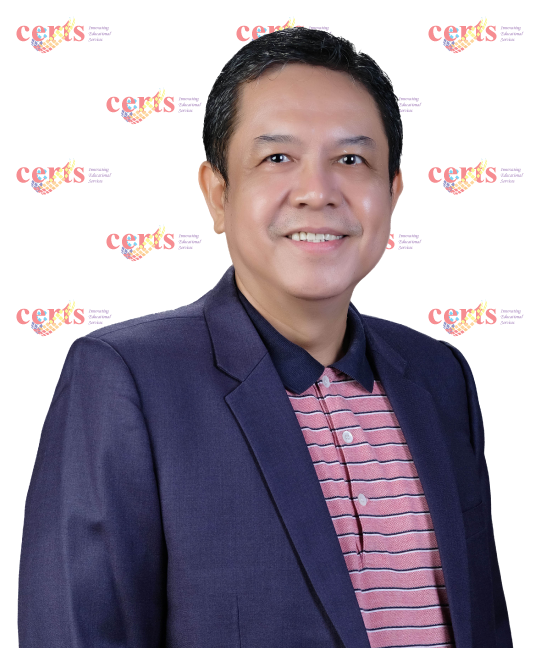
Franklin T. Agamata
MBA, FICB, HonLM IIFP, CPA, CFA, CCA, CMAP, CMAG, CFM, CTA
Founding President
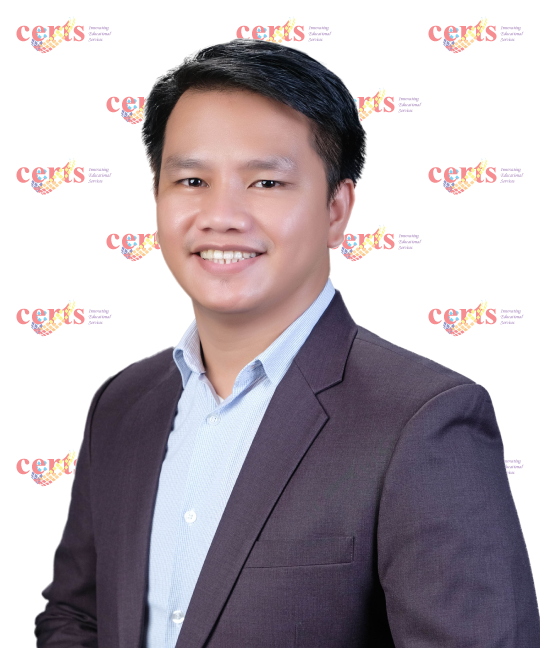
Andrew T. Chag-usen
MICB, RCA, CAT, CFMP, CPA, CFA, CCA, CMAP, CFM, CTA
Senior Vice President for Administration and Product Innovations
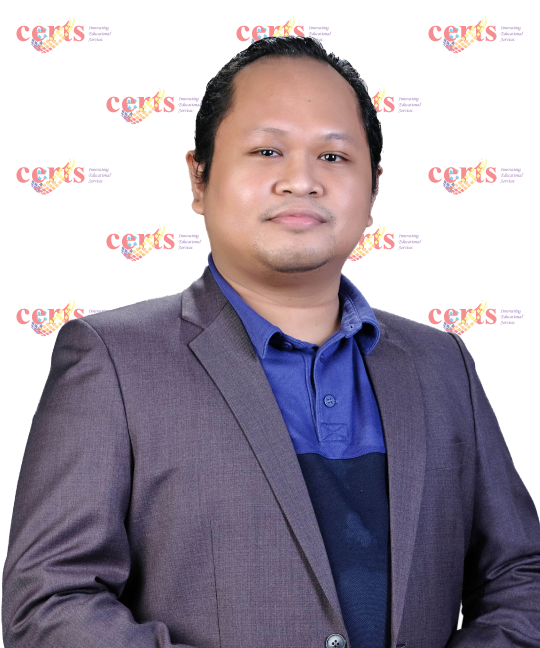
Tommy B. Buado
MICB, RCA, CPA, CFA, CCA, CMAP, CFM, CTA
Senior Vice President for Knowledge Engineering and Learning Management Systems
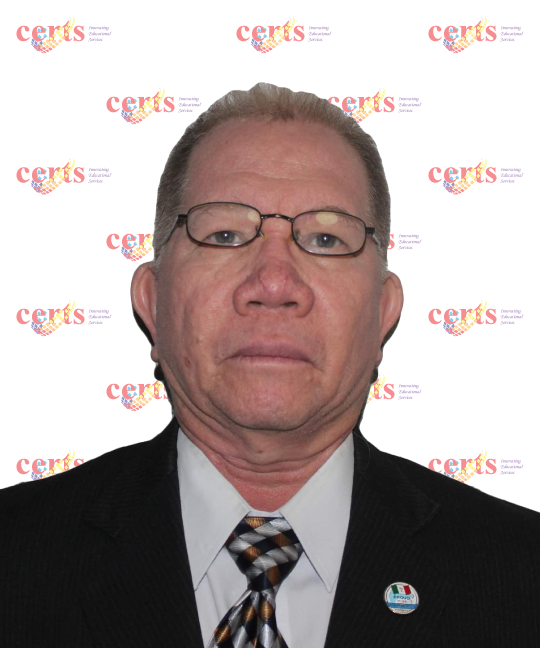
Atty. Pablito A. Carpio
Legal Counsel

Kheen V. Batingal
MICB, CPA
Assistant Knowledge Manager for CPALE Program
